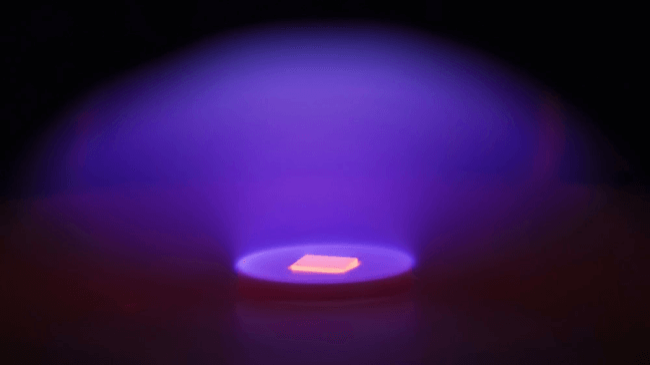Researchers Explore the use of Diamond & Boron Nitride for Future Power Transistors
Insights | 04-01-2023 | By Robin Mitchell
Recently, researchers from Arizona State University announced plans to develop a power transistor using diamonds and boron nitride to overcome the numerous challenges current electronic devices face. What challenges do power electronics face, what do the researchers plan to develop, and could they become a vital power technology in the coming decades?
What challenges do power electronics face?
When it comes to power electronics, by far, one of the most important factors is efficiency. Whether it is an EV converting chemical power in batteries to electrical power used to turn motors or a power converter that reduces the mains voltage to one suitable for a portable device, having a high efficiency reduces the amount of energy wasted which translates to lower energy costs. At the same time, reducing energy waste also reduces the amount of heat generated, and this, in turn, allows for devices to be made smaller.
As such, the biggest challenge faced by power electronics is finding devices that can withstand high voltages, reduce switching losses, and have high switching speeds (as this can result in smaller inductors which are a common component found in power electronics). Traditional silicon technologies have done well over the past few decades, but the increasing demand for faster chargers and larger batteries is putting a strain on silicon. For example, EV chargers in the past would often work many hours overnight on small batteries, but modern EV vehicles need to be able to charge in less than an hour, which means that chargers need to be able to deliver hundreds of kW of instantaneous power.
Silicon Carbide (SiC) is one technology that is quickly rising the ranks thanks to its higher breakdown voltages, smaller switching losses, and better thermal properties, while Gallium Nitride (GaN) provides engineers with an excellent RF power option due to its ability to operate at high frequencies. But while these technologies are significantly better than silicon, their small market share and emerging nature make them expensive and difficult to integrate.
Researchers to explore diamond and boron nitride
Recently, researchers from Arizona State University have announced that they will begin to explore diamond and boron nitride as alternative materials to SiC and GaN in power electronics. According to the researchers, diamond has a thermal conductivity of around 8 to 10 times better than that of GaN, which can result in devices being up to 90% smaller for a given power rating. Of course, this could also apply to other semiconductor devices should diamond-based transistors be made small.
At the same time, diamond also has a high breakdown field, meaning it can operate at greater voltages. The use of larger voltages not only reduces the need for multiple step-down stages during power conversion but also enables reduced currents at a given power. For example, EVs are turning to higher voltages in their batteries so that the current draw can be reduced, reducing energy losses in cables. However, diamond and boron nitride transistors don’t exist, so the researchers will first turn to computer simulation models to see if such a device is worth pursuing. In addition, the researchers hope combining both materials will result in an ultra-wide bandgap that brings out the best in both materials.

Could diamond and boron nitride become critical power materials in the future?
There is no way to say whether diamond and boron nitride will become materials used in future power electronics. However, the impressive thermal conductivity and high breakdown voltage of diamond make it a potential candidate for future devices. If the researchers successfully create a power transistor using diamond, then it could open the industry to new opportunities.
For example, power converters could be designed to directly couple low-voltage devices to high-voltage transmission lines without needing multiple substations. This would be especially important in EV charging stations where MW of power will be required to offer rapid charging times. Such devices would also reduce the size of high-power devices by a significant amount, and this will even allow small portable devices to both charge and discharge large amounts of power without overheating.
For now, technologies such as GaN and SiC will continue to dominate thanks to their years of research and proven ability, while diamond and boron nitride devices continue to be developed.

